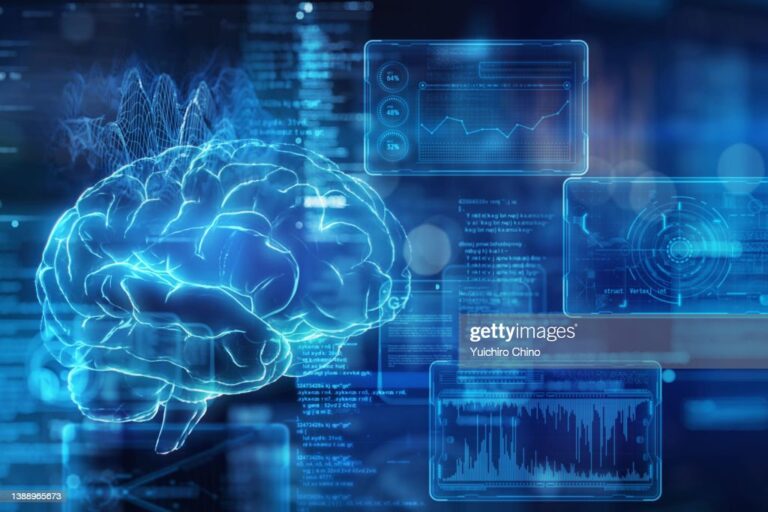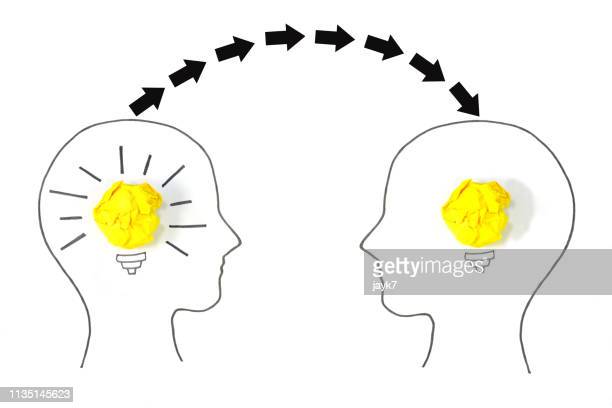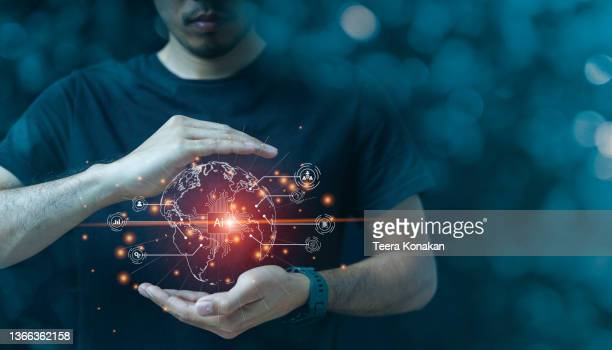“How AI is Intellectual but Not Intelligent: A Critical Analysis of the Advantageous Divide for Humanity”

“AI may master the art of processing and pattern recognition, but true intelligence lies in the human ability to understand, empathize, and reason beyond data.” Introduction Artificial Intelligence (AI) has rapidly transformed from a futuristic concept to a significant component…









